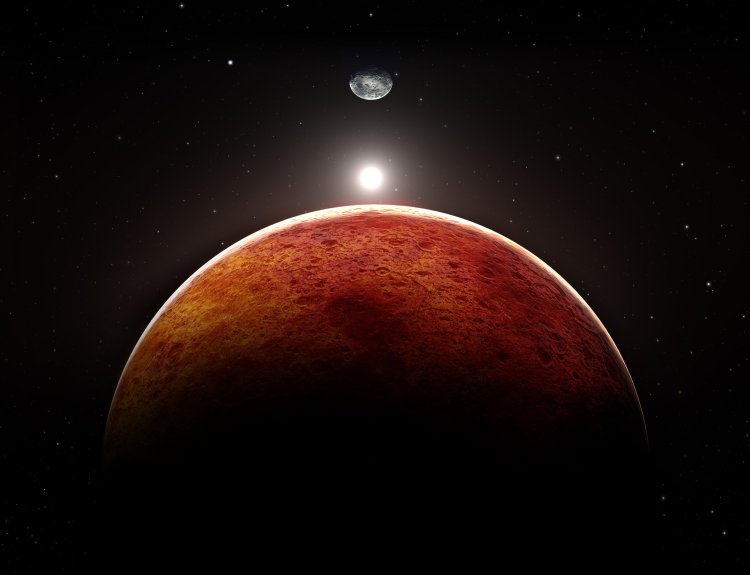The discoveries of the Mars Odyssey orbiter showed that the Martian Arctic contains ice, which is hidden just below the ground level. Given that life is possible even in the most extreme conditions, this has fueled scientific interest in the eternal question: Is there life anywhere, other than on our planet? Perhaps, on Mars?
Scientists hoped that such polar deserts on Mars could be inhabited just like deserts on Earth, perhaps not by large organisms, but at least by the smallest ones. The assumption was that if Mars had once been inhabited, the anabiosis organisms could come alive once the ice melted.
On August 4, 2007, NASA's Phoenix spacecraft was launched from Cape Canaveral using a Delta 2 rocket. It was the sixth spacecraft to land on the surface of Mars and the first to land in its Arctic region. Phoenix had two ambitious goals: to study the history of water in the Martian Arctic (which gave the project its unofficial slogan “Follow the Water!”) and to explore the environment to identify favorable conditions for living organisms. A set of equipment made it possible to drill the surface near the north pole of Mars to find ice. And this attempt was successful. On June 18, 2008, Phoenix found ice, which then melted. It turned out to be made of water. Another important achievement of the spacecraft was that it conducted a chemical analysis of the soil: the soil pH valued between 8 and 9, which corresponds to a slightly alkaline soil; the soil also contained chloric acid salts.
The Phoenix spacecraft completed 157 Martian days of exploration on the surface of Mars instead of the planned 90. Its work ended from a lack of energy, which was caused by weak sunlight in the winter conditions of Mars. The last Phoenix signals from Mars were received on November 2, 2008. Alas, no sign of life was reported at the end of this mission.
We are in the year 2021, yet scientists continue to explore the soil of Mars on other missions. On February 18, 2021, the Perseverance spacecraft landed on Mars. Unlike Phoenix, it can move through the soil and take samples at several places at once; besides, there are plans to deliver this soil to Earth for further study. Why do scientists need this? More than a billion years ago, Mars had an atmosphere that differed from todays, but under the action of the solar wind, almost all of it, 80-90%, was swept away. This fact has been discovered by scientists from Colorado. The discovery leads scientists to believe that previously Mars could hold water on its surface, and there could be life on Mars. If that is true, what forms did it take? Were there once dense thickets of tropical plants and a great diversity of animal life on Mars? What was happening on Mars billions of years ago, is it possible to think that these desolate Martian plains are future views of the planet Earth? Mars explorers are much like archaeologists who study the past, yet many billions of years earlier.
The article is based on open sources.
Photo: pitris / ru.123rf.com






















